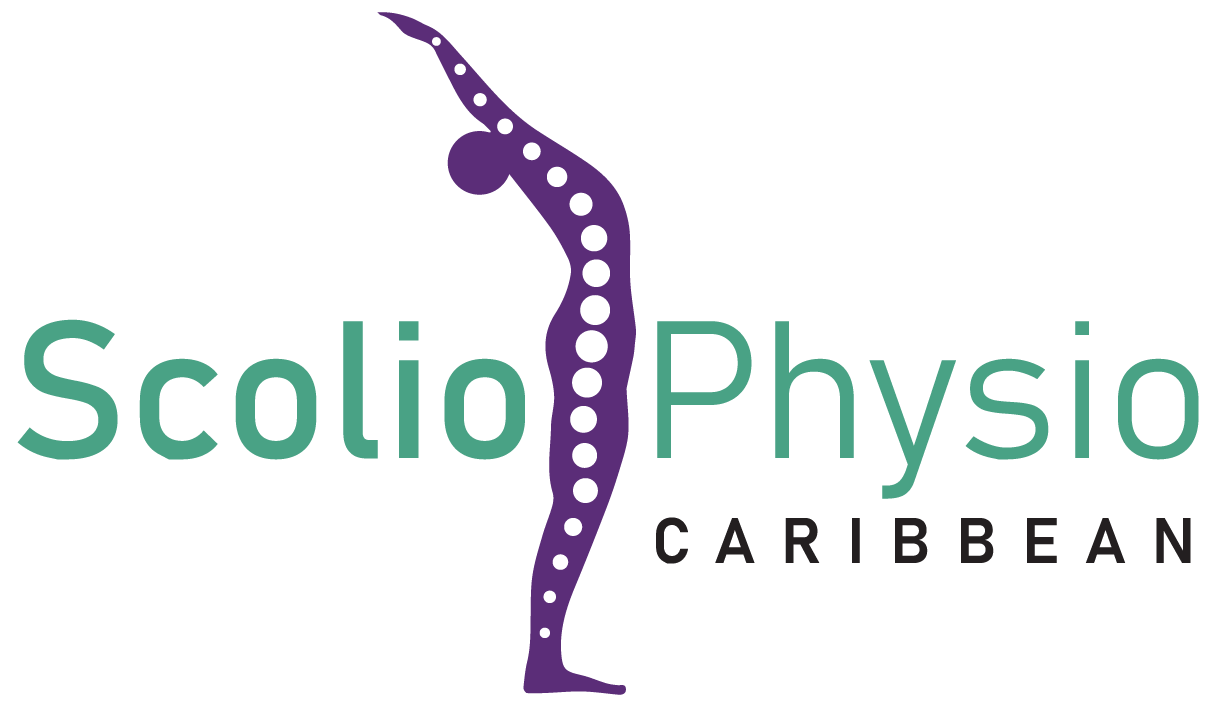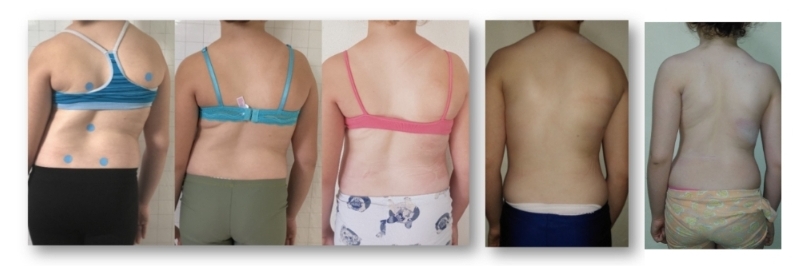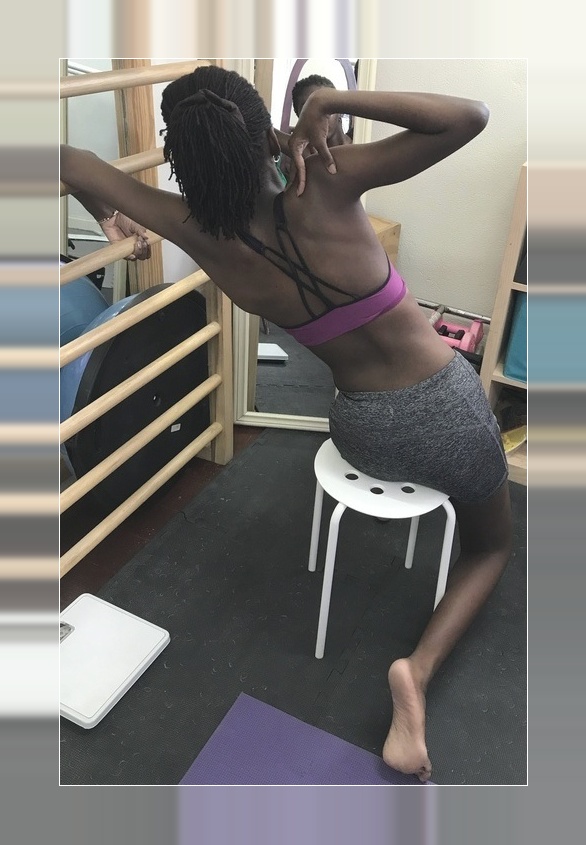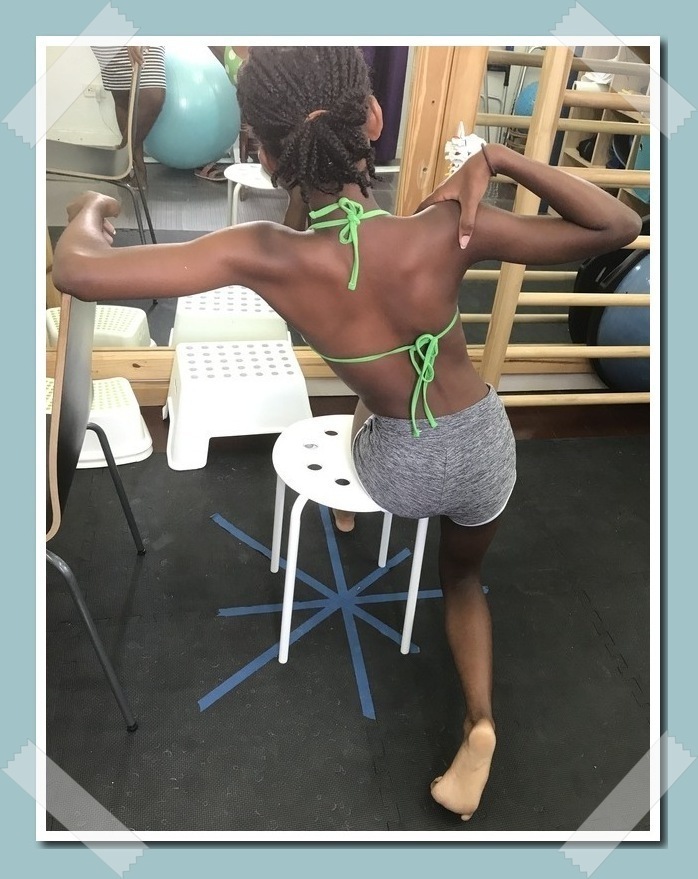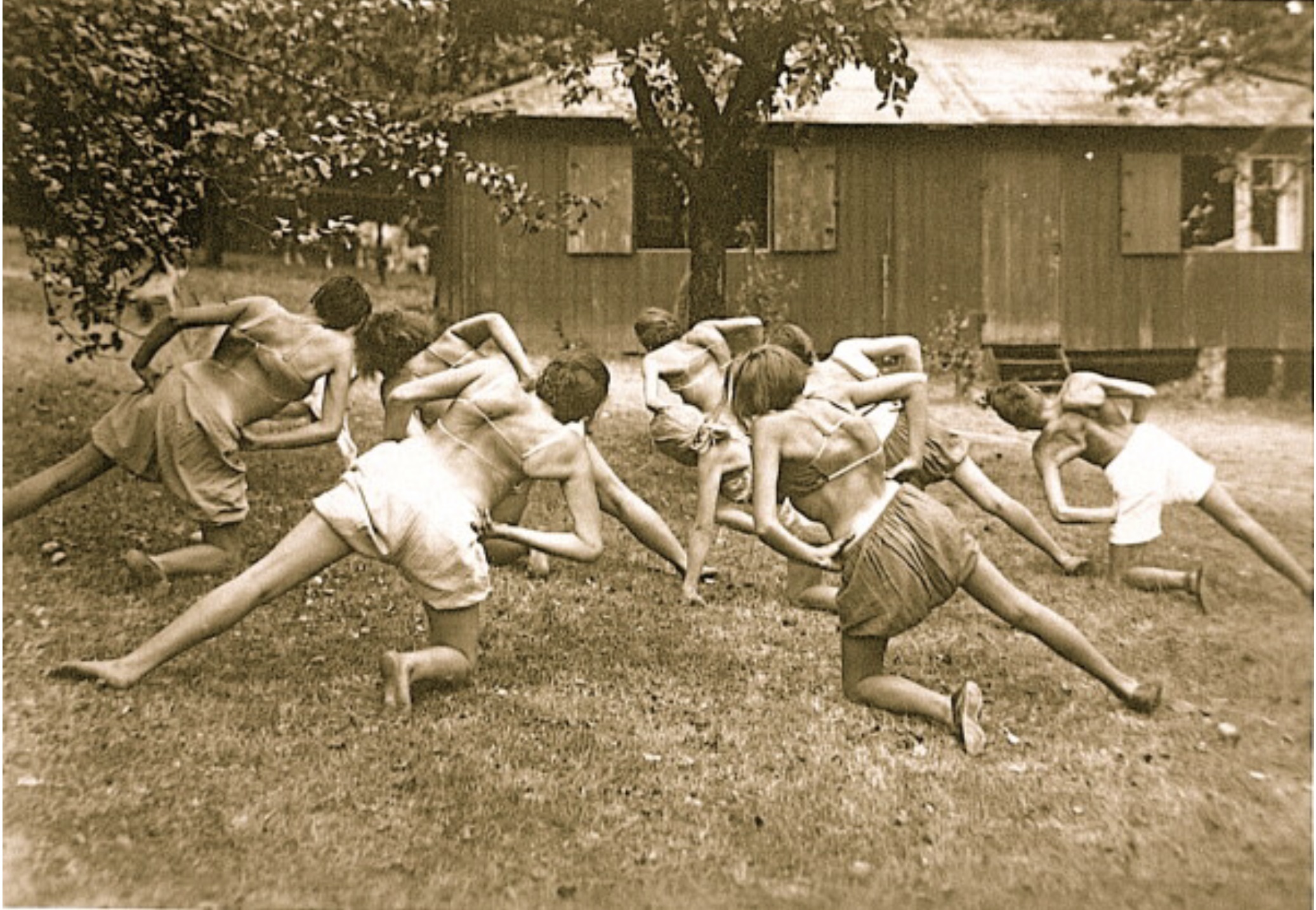The Schroth method is a non-surgical approach to scoliosis which uses specific exercises according to each patient’s curve pattern. We address all three dimensions of each person’s curve; saggital, frontal and transverse in order to achieve a more balance posture and reduction in the curve. The exercises target the core, positioning the entire body in a way to create a stable, corrected posture. The patient then learns to strengthen the spinal musculature in that newly formed position and this is accompanied by corrective rotational breathing (called rotational angular breathing).
This is a scoliosis specific back school which:
- Slows curve progression
- Improves posture
- Improves lung function
- Reduces pain if present (especially in adults)
- Helps reduce curves in some adolescents and juveniles
- Improves strength and flexibility
- Empowerment over scoliosis
